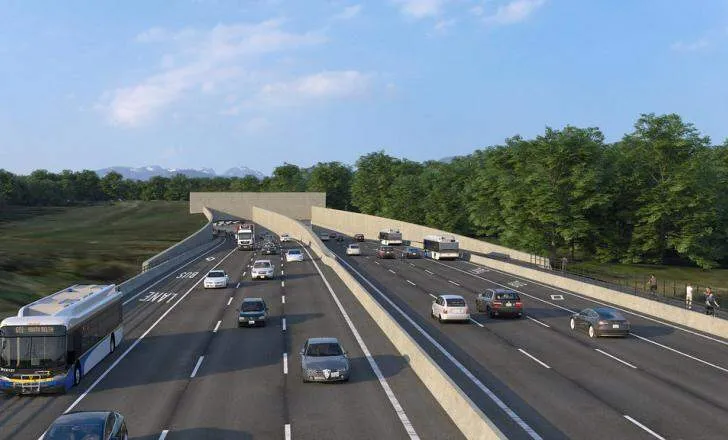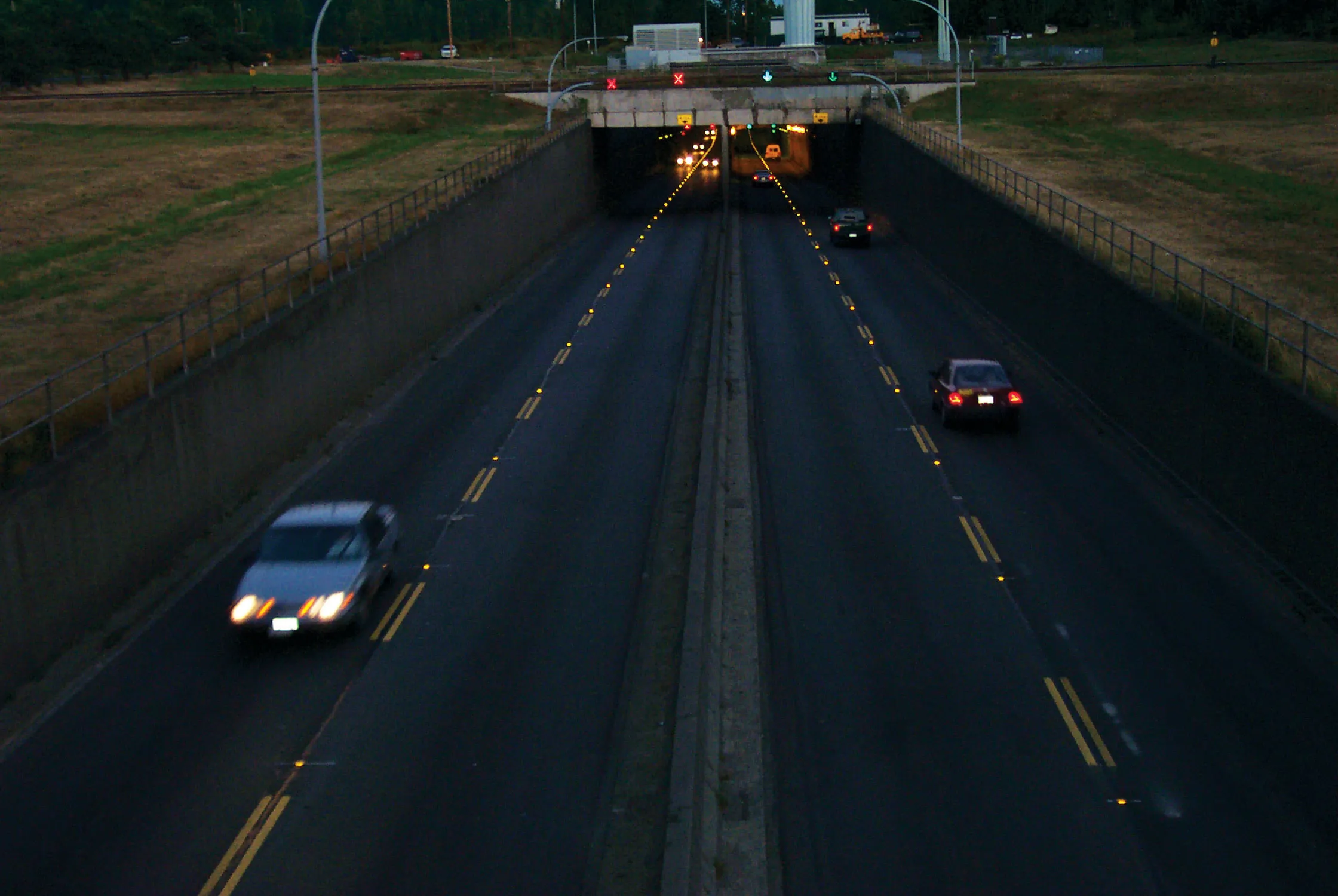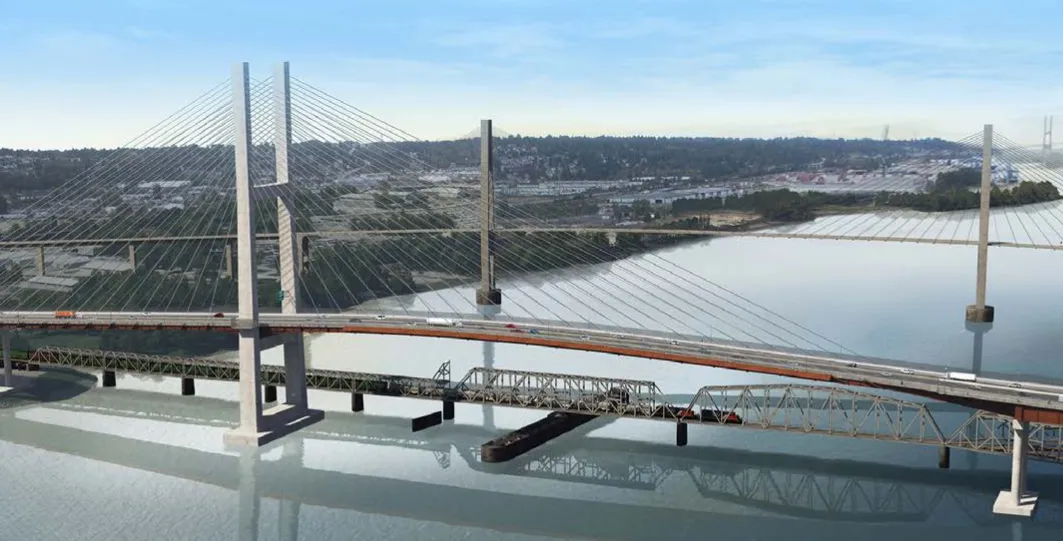
COWI has won a contract as owner's engineer of an eight-lane replacement immersed tunnel under the Fraser River near the Pacific coast city of Vancouver.
Cowi said it will draw on its experience designing the original four-lane George Massey tunnel in 1959 and whose removal the engineering firm will oversee.
Cowi’s US$1.2 million (CAN$15 million) contract, awarded by the province of British Columbia, is part of the larger US$3.27 billion (CAN$4.15 billion) river crossing project that will provide more capacity for drivers and transit users, while allowing walking and cycling options through a Fraser River crossing for the first time.
As the immersed tunnel specialist, COWI will be part of the broader owners’ engineering team that will bring together experts from highway and civil, environmental, hydraulics, communication, marine navigation and construction sectors – as well as archaeology - to overcome what the company says will be “unprecedented engineering challenges”.
The new tunnel will have three general purpose traffic lanes and one dedicated bus lane in each direction, as well as a bi-directional multi-use cycle path and pedestrian walkway to improve travel across the river without restricting navigable space for marine traffic. COWI will provide the reference concepts and geotechnical underpinning for the overall project.
COWI will also draw on its international expertise from its offices around the world to create what the company says will be “pioneering” flood control systems around the new tunnel that can withstand extreme river flows as well as anticipated increased sea levels.
A statement from COWI said that its “experts were chosen for their unique experience designing immersed tunnels under different types on conditions around the world including the world’s longest immersed tunnel for motorists in China and the first immersed tunnel designed against typhoon waves in South Korea. COWI has also previously helped create pioneering tunnel concepts for an immersed tunnel in the centre of Stockholm where the water depth to an existing utility pipe near the tunnel alignment required casting of the tunnel elements on site under floating conditions.”
Construction of the existing four-lane tunnel began in 1957 and it was opened to traffic in 1959, then called the Deas Island Tunnel. It is Canada’s only tunnel below sea level and carries more than its design limit of 80,000 vehicles a day. Extensive renovations to the tunnel and attempts to improve access roads have been done over the years, but the structure has only about 10 years of useful life, according to some reports.
An earlier replacement proposal – a 3km-long 10-lane cable-stay bridge costing US$2.8 billion - was underway in 2015 with the BC government saying that construction was on target to start in 2017 for completion in 2022. Procurement had started and three consortia were being considered.
One consortium was headed by Spanish company ACS and its local subsidiaries and included Star America Infrastructure Partners and Aecon. Another of the competing consortia comprises was Kiewit, Macquarie and Vinci. The third was made up of Fluor, John Laing and SNC-Lavalin.
However, a provincial election in 2017 saw a change of government which promptly scrapped the project in favour of more research and consultation with the mayors of the greater Vancouver area cities and municipalities. In October 2019 the mayors recommended an eight-lane tunnel as the replacement.
When the initial bridge project was cancelled, local media reported that the province would pay $1.65 million to two of the three shortlisted consortia which had already submitted bids.
For the just-announced replacement tunnel, two options were presented in the business case that the government received last December – an eight-lane tunnel and eight-lane suspension bridge. Both options were given serious consideration, noted the government.
The tunnel was chosen as the best option for several reasons. A tunnel limits noise because it is below water and with a tunnel there is no visual impact to the surrounding communities, as there would be with a bridge. Also, a tunnel has little impact on nearby agricultural land and does not introduce new navigational restrictions to the Fraser River under which it will be built.







